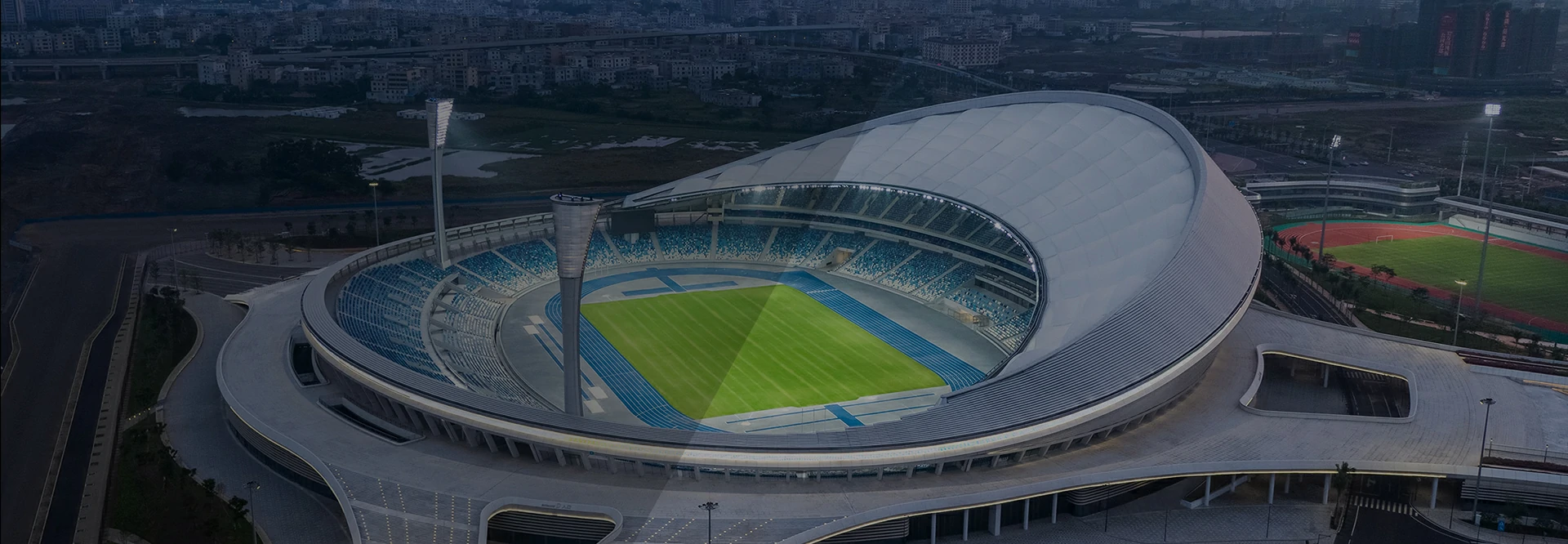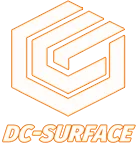
Sep 26, 2025
Running tracks have long been a staple of athletic events, but their applications extend far beyond competitive sports. From community fitness to educational institutions, urban design, and even rehabilitation, running tracks are proving to be versatile and beneficial in various settings. Here’s a deeper look into the diverse ways running tracks are being used today.
Running tracks are a common feature in many schools, universities, and colleges. These spaces are not just for athletes but serve to promote general fitness among students. The track provides a structured, safe environment for students to engage in physical activities, whether it's during physical education classes, recess, or extracurricular activities like cross-country or track and field.
Key Benefits:
Many cities are integrating running tracks into public parks to create spaces that encourage healthy, active lifestyles among residents. These tracks provide an opportunity for joggers, walkers, and runners of all ages and fitness levels to exercise outdoors. Additionally, they often serve as a gathering point for community events, including fun runs, charity races, and fitness challenges.
Key Benefits:
Running tracks are also crucial in fitness and rehabilitation centers. They provide a low-impact environment for individuals recovering from injuries or surgeries. In such centers, running or walking on tracks can be part of physiotherapy programs that focus on rebuilding strength, flexibility, and endurance.
For people with chronic conditions like arthritis or those recovering from knee surgeries, the soft surface of a running track can reduce stress on the joints, making it easier and safer to engage in cardiovascular exercise.
Key Benefits:
Many progressive companies are building running tracks within their campuses as part of their employee wellness programs. These tracks offer employees a chance to de-stress, improve their fitness, and recharge during breaks. Corporate wellness initiatives are gaining popularity, and the presence of a running track can enhance employee satisfaction, productivity, and overall well-being.
Key Benefits:
At the elite level, running tracks are integral to athletic training. Professional athletes, especially sprinters and long-distance runners, rely on high-quality tracks for their daily training. Specialized tracks in athletic training centers are designed for optimal performance, often made of materials like polyurethane or polyurethane overlays that offer a balance of speed, grip, and shock absorption.
In addition to competitive sports training, running tracks are used in rehabilitation programs for injured athletes and in testing performance metrics such as speed, endurance, and agility.
Key Benefits:
As urban areas continue to evolve, cities are increasingly integrating fitness-friendly elements like running tracks into their infrastructure. These tracks are often part of broader initiatives to create smart, sustainable cities that promote physical activity, reduce air pollution, and encourage green spaces. Urban running tracks can be designed as part of city-wide networks of bike lanes, jogging paths, and pedestrian-friendly areas.
Key Benefits:
Running tracks are central to hosting sporting events like track and field meets, marathons, and charity runs. They provide the necessary facilities for competitive events and recreational races, with many tracks offering seating for spectators, timing systems, and other specialized features. Running tracks are also used in endurance events, relay races, and as part of multi-sport festivals.
Key Benefits:
Military training bases also feature running tracks as part of physical fitness regimes. In the military, physical fitness is essential, and running tracks provide a controlled, consistent surface for soldiers to run, train, and improve their endurance. They are typically part of broader fitness facilities, including obstacle courses and strength training areas, designed to enhance overall combat readiness.
Key Benefits:
Some tracks are designed to withstand harsh weather conditions, making them suitable for a variety of climates. For instance, synthetic tracks are built to resist extreme temperatures and moisture, ensuring they remain usable year-round. These specialized tracks can also offer solutions in regions that experience snow, rain, or high humidity.
Key Benefits:
Running tracks have evolved far beyond their traditional use in competitive sports. Today, they are integral parts of educational institutions, public parks, rehabilitation centers, corporate wellness programs, and more. Their versatility and widespread application across various fields demonstrate how running tracks can support health, fitness, and community engagement in diverse environments.
As society places a greater emphasis on well-being, it’s clear that the running track will continue to play a crucial role in promoting physical fitness and active lifestyles for people of all ages and backgrounds.

 Tel:+86 1375 1210 938
Tel:+86 1375 1210 938 Whatsapp:+86 1375 1210 938
Whatsapp:+86 1375 1210 938 Telegram:+86 1375 1210 938
Telegram:+86 1375 1210 938 E-mail: ceo@dc-surface.com
E-mail: ceo@dc-surface.com Add:No:332 Dalang Town Dongguan City China 523000
Add:No:332 Dalang Town Dongguan City China 523000